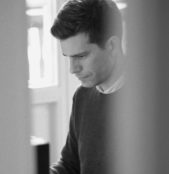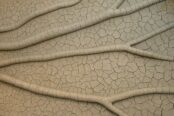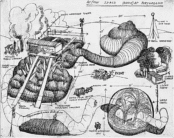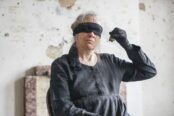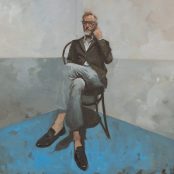A
clearing in the rolling hills of Provence is the setting for Bob Dylan’s newest sculptural work. While for most Dylan’s name is more likely to evoke thoughts of counter-culture folk, or controversy over ‘going electric’, he has been making a name for himself in the visual arts since the 1960s. Rail Car, which was installed at Château La Coste in May, takes many of the aspects typical of Dylan’s sculptural work, but allows them to exist on a scale not seen before, making this the latest exciting addition to an increasingly thriving collection at Château La Coste.
The Château was acquired by hotelier Paddy McKillen in 2001. McKillen has run and been on the board of some of the world’s most recognisable hotels – Claridges and The Berkley to name just two – has transformed Château La Coste into a luxury hotel, wine, artistic and culinary experience. First overhauling the vineyard to achieve organic status in 2009, their Rose is now increasingly well regarded in the region and beyond. In 2017 Villa La Coste opened providing suites which married cool contemporary style with five-star service for guests who wish to stay on the grounds.
What makes Château La Coste a unique destination though, is its art and architecture walk. McKillen’s charismatic personality and ability to build relationships with some of the leading and most interesting contemporary artists of the day is at the centre of this. Louise Bourgeois’ Crouching Spider (2003) was acquired by McKillen early in the project, under agreement with Bourgeois that the art would be accessible to the public. The sculpture provides a striking first sight. Whilst her arachnids are instantaneously familiar to those acquainted with Bourgeois’ work, the placement over a large stretch of water, swallowing the piece with its own reflection, emphasises the sinister streak that runs through her practice. Yet, it also accentuates the beauty of the work in a way simply not possible in the confines of gallery walls. Dylan is not only joining illustrious names as Bourgeois here but Tracy Emin, Tunga, Yoko Ono. The works become one with the grounds, forming an enchanting landscape where viewers can discover these pieces as they amble up and down the hills.
Viewers who make the not unchallenging trek will find Rail Car in a quiet clearing towards the top of the hills. The work is made of a repurposed freight car and totals around six tons of iron, making the scale of this work imposing. However, Rail Car is created for interaction, not just to be looked at, rendering the work as natural as the hills which surround it.
The ability to touch is critical to this. To touch is such an integral part of sculpture, but one so often denied in the name of ‘preservation’. To strip sculpture of being a multi-sensory experience neuters the artwork, and thankfully the works on display here have been saved from this fate. Rail Car allows viewers to touch it, enter it, travel round it – giving the ability to view from all angles and occupy the same space as the artwork. From inside Rail Car the shapes and objects used within the piece become apparent. Outlines of tools, ladders, wheels which viewers can move. It is a very mechanical object, a very interactive one, and through this interaction the viewer can become a part of the work. It is after all, an artistic depiction of a functional object, and the viewer breaths life and functionality back into it. This engagement through physicality is one of the strengths of sculpture as a medium, and with Rail Car Dylan has achieved that with abundance.
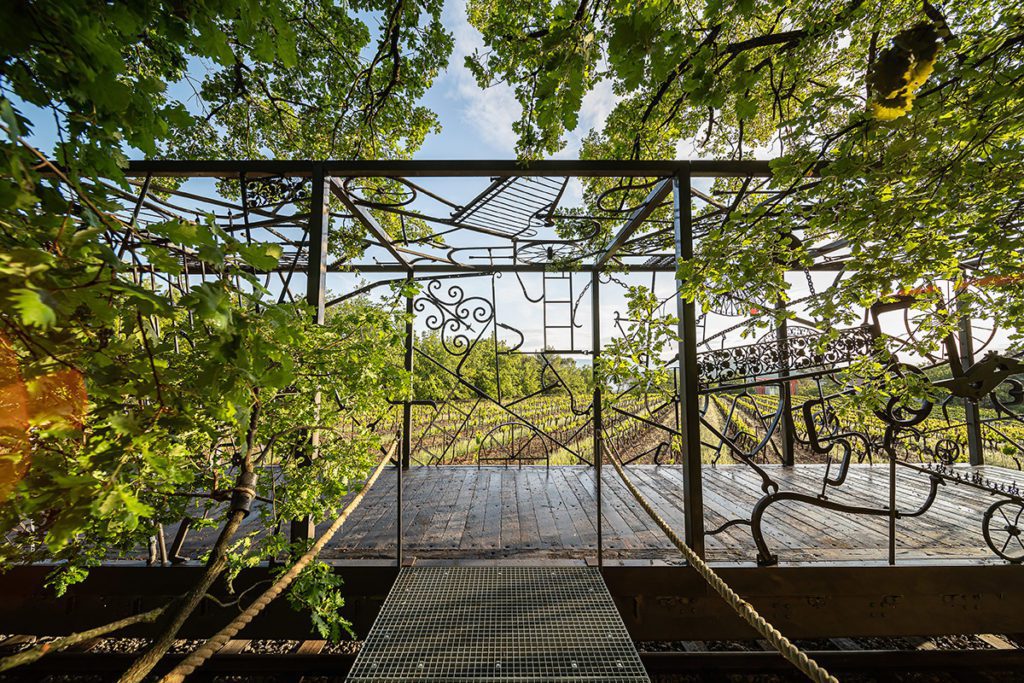
The famed Provence light creates a bridge between the industrial sculpture and the surrounding landscape. The curves and shapes and objects that comprise the piece, when painted in the reflective light of a beating sun, mingle with the shadows of the reflecting trees, leaves and foliage to become one. You feel as though the piece has been here for years. The track emerging from the ground hints that the rest is hidden, long grown over. This also means experiencing Rail Car varies depending on the time of day you visit it. It is not a static object but a breathing one.
While thankfully the artworks at Château La Coste have not been lumbered with ugly plaques offering long interpretive texts, visitors are now provided with a leaflet full of descriptive information at the start of their tour. This is a relatively new feature and feels a shame. Part of the charm of the works here is they are so engaging it encourages viewers to experience them in a way a gallery environment is rarely conducive to. This stimulates art as an experience of pleasure in the moment rather than a didactic task of self-improvement. It is a small point, and it is no crime for people to want to know more about what they are viewing but once provided with this information it does impact experience of the works. Art lives and breathes so freely here and that is something to embrace.
Until the 15th of August viewers will also be able to catch the first exhibition of Bob Dylans paintings in France. Drawn Blank in Provence, shows Dylan’s paintings alongside those of other great names who have sought inspiration from the South of France, Matisse, Chagall, and Monet. There is a cartoonish hint within Dylan’s painting that gives the sense of Americana viewers might expect. The use of colour is in keeping with the schools of painters who have depicted Provence and makes the link to the illustrious names displayed alongside him. While the paintings do not hold the magic of Rail Car, the depth of colour holds the viewers gaze.
Rail Car shows Dylan’s sophistication as an artist and putting him in the same context as the other artists on display here testifies confidence, he is not simply a talented amateur with a big name, but rather an artist in the broad sense- musician, writer, painter, sculptor. A new permanent feature of a diverse and rich collection
Rail Car, is now on permanent display at Château La Coste. Guided tours for the Art & Architecture walk are available in both English and French.
Drawn Blank in Provence on display until 15th August
This article has been supported by Halycon Gallery & BLJ
Featured Image: Bob Dylan, Railcar, 2021. Installation at Chateau la Coste, Provence, France.

Ruth O’Sullivan is a writer and curator. Her work explores the impact of digital technologies on contemporary art practices and challenging gender disparity within the visual arts.



